Quick Links
Mild Spoilers for My Hero Academia
The hit anime series My Hero Academia is reaching its most climactic moments, meaning that the major conflicts tied to the villain All For One will be faced head-on by Deku and his allies. As the major villain, All For One — AFO for short — has become more integrated into each episode, but sadly, his important role has fallen flat. Not every villain is meant to be exactly the same, but compared to another similar character, AFO missed some critically important details.
As his role in the story grows, it becomes clear that All For One isn't the most effective villain. Similar in villainous approach and style, the character Orochimaru, from Naruto, is the best example of what AFO should have been all along. Issues of poor character development and shortsighted use of specific details are why All For One is a weak part of My Hero Academia's narrative.
All For One Was Meant To Be An Unstoppable Criminal Mastermind, But Falls Short
|
MHA Character Profile |
||||||
|---|---|---|---|---|---|---|
|
Villain Name |
Real Name |
Age |
Occupation |
Affiliations |
Country |
Quirk |
|
All For One |
Shigaraki |
100+ |
Villain, Leader of the League of Villains, Shadow Benefactor of the Paranormal Liberation Front |
League of Villains, Paranormal Liberation Front |
Japan |
All For One |
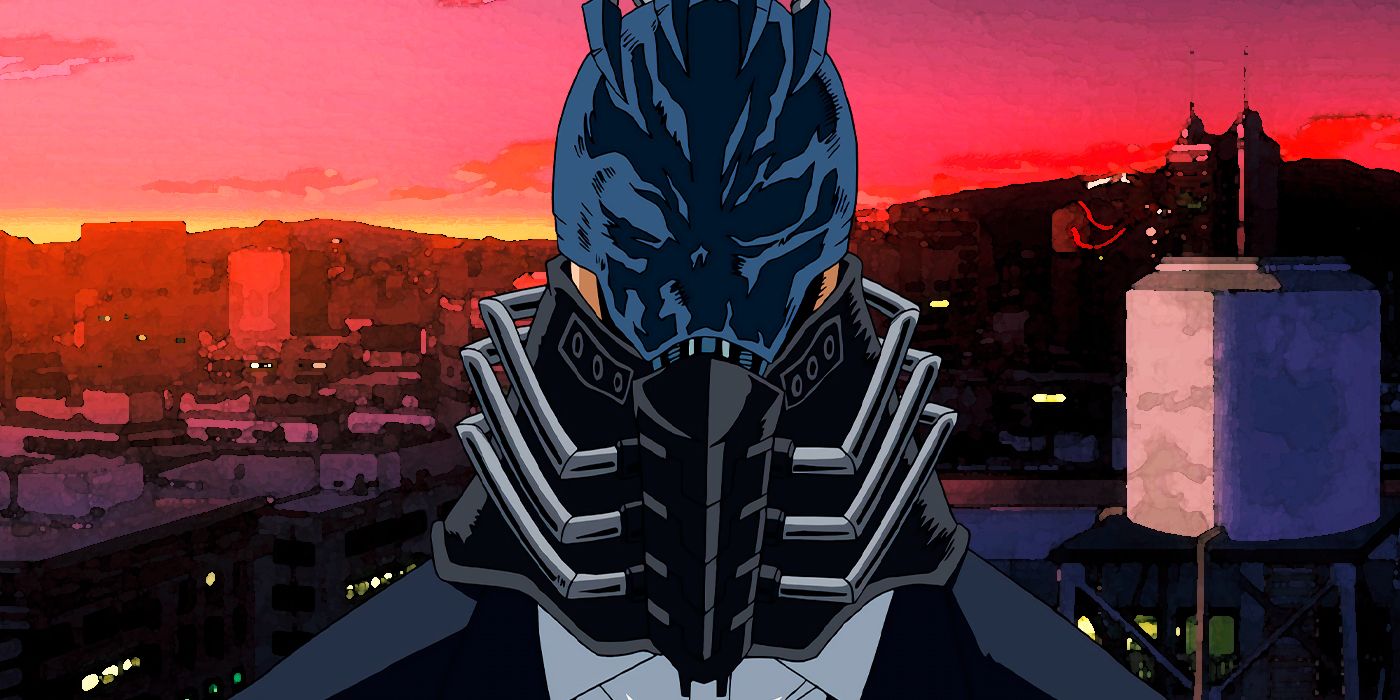
My Hero Academia: The Truth Behind All For One's Immortality
All For One is believed to be immortal -- but is there any truth to this? And if there is, how did he manage to accomplish such a feat?
What All For One Should Have Been
Breaking All For One and his role down into general terms, he is the main antagonist of My Hero Academia, which naturally comes with some specific traits for him to follow. As the main antagonist, All For One needs to have the most impact on the characters and the narrative. Major villainous antagonists are the source of the story's major conflicts, which contrasts with the heroic protagonist, who is the source of the major resolutions.
This role of a major villain also means that he is meant to pose the most daunting challenge for the protagonist. The main antagonist role is central to the story from beginning to end, which is why that impact needs consistent build-up and development. This doesn't mean that all major villains need to have everything revealed about them but to make the point that this is the biggest obstacle for the hero, the narrative needs to enforce that idea in various ways.
The impact of a heinous villain can be felt through development of side characters or scenarios. If a villain uses manipulation — a common vile tactic — then the point should be made of how damaging that manipulation is to other characters. If a villain uses political power as a strength, then the impact on society needs to be shown. This could be done through larger associations or community-impacting events. In the same way that the main hero needs to be developed, the main villain needs that same treatment, otherwise they are presented as flat and fail to uphold their important role.
Going back to AFO as a focus, MHA appears to have been going for a manipulative criminal mastermind who gains power from the people he controls. This point is made across the series in very direct ways and is especially clear when it comes to his mentorship of Tomura. The issue with his character is that he isn't given enough development to show what kind of villain he is.
A Lack of Screentime And Motivation Is Why All For One Is Superficial
Through the first two seasons, All For One's character is one of the anime's greatest mysteries. This mysterious nature of his character is interesting and keeps the audience wondering what he will do next, since his protégé, Tomura Shigaraki, is still growing as a villain and hasn't fully fit into the role of main villain. Keeping AFO a secret is a great way to gradually build him up as a villain, leading up to his reveal in season three. Viewers finally receive more substance about the villain's character when he fights against All Might.
All For One is given some background and tension with his relationship with the symbol of peace. When pitted against each other in the Third Season, the two have clear tension in their antagonistic relationship and provide one of the franchise's greatest battle. This is when AFO's development reaches its highest peak as a villain. Moving forward, he falls into the background again and continues to leave the planning up to Tomura.
While All For One's villain mentorship of Tomura perfectly mirrors All Might's heroic tutelage of Deku, the difference is that All Might is shown to take action and have a direct impact. Despite AFO idling in the background for most of the anime, he repeatedly states how he has everything under control and his plans are always working out. Granted, the idea of a villain who is always one step ahead is thrilling to watch; however, the way it's depicted in MHA makes no sense.
All For One is stated to have strength in connections, which would mean that he is charismatic or naturally knows how to influence others. His Quirk can steal and grant others' Quirks, and while there are a few characters throughout the anime who have been impacted by this, it isn't shown as his greatest asset in manipulation. Few scenes show AFO's connections and relationships, so while his manipulation is understood as absolute, the skill is never developed on screen. He just appears to have his way without making much effort; this is also a common anime issue of telling and not showing the viewer, which results in bland, surface-level storytelling.
All For One was also meant to be a villain who had a critical impact on society. He is essentially the King of the underworld, having enormous sway over the network of villains — but that is never shown. It's also an issue of the underside of society being overshadowed by the hero's society and only a few villains being given development. While there is a national and global network and societal system for the heroes, the side of the villains is depicted to have nothing. Even while there are groups like the Shie Hassaikai, and the Paranormal Liberations Front, they are barely, if at all, tied to a larger society and have no connections whatsoever to AFO — who is meant to be so well-known among villains.
There is also the issue of All For One's lackluster motivation for his actions. While Deku has an affinity for heroism, AFO is briefly depicted as having an affinity for evil. His great dream is to become the Evil Overlord of the world, which is fine as a starting point. Without relying on sympathy or trauma, a villain's personality traits and body language can say a lot about their motivation. As a quick example, Jujutsu Kaisen's Sukuna has limited background, but everything in his body language, speech patterns, and reactions to other characters shows that his arrogance and desire to be above others are tied to his motivation. All For One doesn't have these details since all he does is sit idly and grin.
Showing more of All For One's character and direct impact would have gone a long way in developing him as a villain. He is meant to be this overwhelming figure and force of power, but that is rarely depicted throughout the series. To emphasize, this does not mean a full background needs to be given. What is needed for any major villain is enough screentime to characterize them as an evil threat.
Orochimaru Is Everything That All For One Should Have Been
|
Naruto Character Profile |
|||||
|---|---|---|---|---|---|
|
Villain Name |
Age |
Occupations |
Ranks |
Affiliations |
Abilities |
|
Orochimaru |
50-54 |
Scientist, Founder and Leader of the Sound Village |
Sannin, S-Rank, Missing Nin |
Konoha Village, Root, Akatsuki, Sound Village, Ryuchi Cave |
|
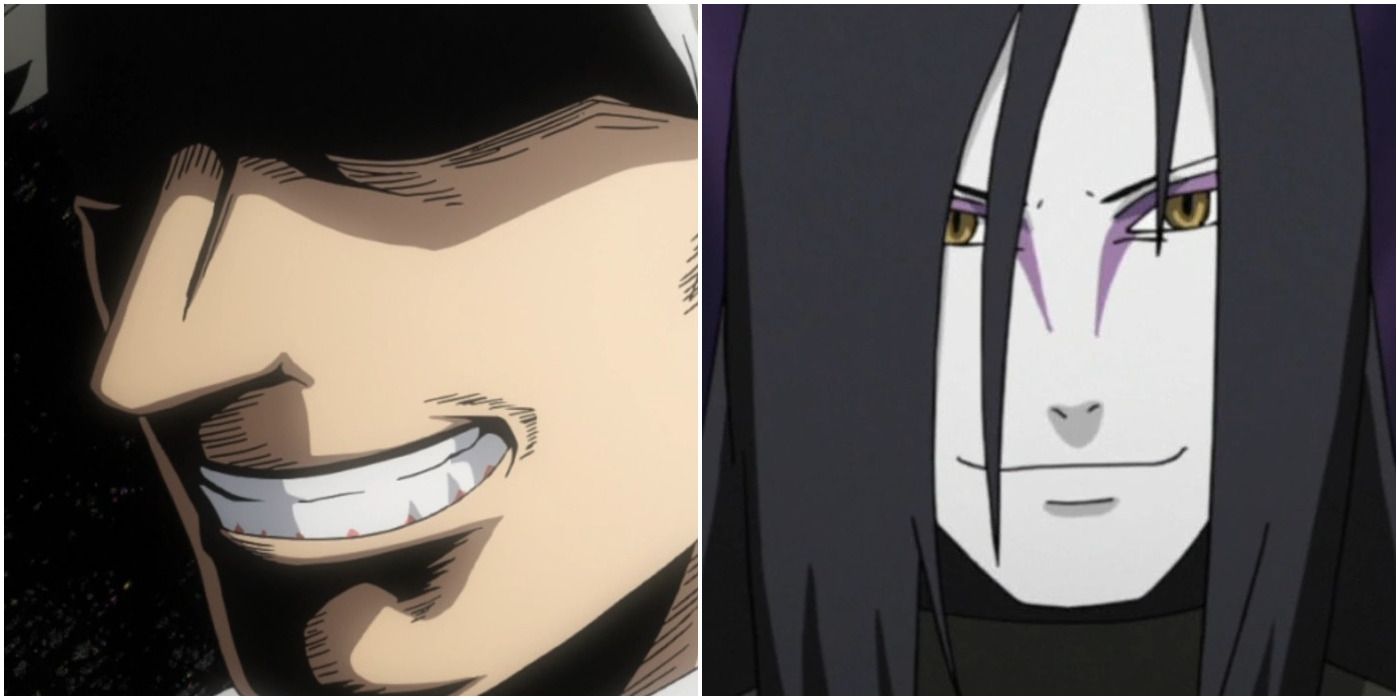
My Hero Academia's All For One Has Become the New Orochimaru
All For One and Orochimaru both seek vessels in which to place their immortal legacies.
For the first part of Naruto, the main antagonist is the character Orochimaru. Like many major villains, he is first introduced with an air of mystery and horror, being labeled as a threat. The reason why he earns the role of an impactful main villain is because of how carefully he is developed.
Orochimaru's Name Strikes Fear For A Reason
Throughout the Naruto franchise, the majority of villains are given sympathy. The approach to Orochimaru's character isn't that far off, but the villain himself is far from sympathetic. In his background, Orochimaru was born in Konoha village and recognized immediately for his natural genius. During a time of war, the Third Hokage relied on his talents in ninjutsu in the hopes that he would bring a time of peace; unfortunately he ignored the darker side of Orochimaru's character.
Orochimaru is one of many whose parents died when he was just a boy, but in place of emotional grief, his mind is naturally inclined to lead him to scientific thought, which is a strong part of his genius. His villainy is revealed as an adult when he is caught performing experiments on human beings of all ages. Orochimaru's genius led him to think of life as an endless source of experiments. Devoid of emotion, he ignores ethics and has no sympathy for others.
The story's narrative is inherently about human potential: Should people be more realistic and strong or should they be more idealistic and compassionate? With this concept in mind, Orochimaru serves as the perfect antagonist. He doesn't believe in friendships or love like the protagonist does, nor does he think that nature can change with effort. His main goal might not be the most straightforward, but fits perfectly with his character. Essentially working as a mad scientist of sorts, Orochimaru's main goal is to discover the most powerful jutsu, which is a huge fascination for him. Knowing fully well that he won't live long enough to reach his goal, he continues to break the rules of ethics and figures out how to keep himself alive using human sacrifices.
Orochimaru Uses The Same Tactics As All For One But Puts Them To Use
Beyond narrative and character, Orochimaru repeatedly proves how he has an impact with physical strength. During the Chuunin Exam, while his character was still a bit of a mystery, Orochimaru's fight scenes showed that he has skills of speed, diversion, and power, as well as overwhelming jutsu. As the series progresses and the battles become more intense, Orochimaru shows that he has more up his sleeve and is strong enough to hold his own against almost any opponent. In particular, his fight against Naruto in his four-tails form is regarded as one of the best fights.
As a villain, Orochimaru uses manipulation of his connections to make him stronger. While there are some characters shown to be simply afraid of being killed by Orochimaru, there is far more loyalty in his associations. Like in My Hero Academia, Naruto also depicts a society that has a hidden underbelly that threatens peace. For one thing, Naruto actually shows the circumstances and motivations of these side villains and hidden societies. Orochimaru takes advantage of these groups' needs and uses them to gain loyal soldiers who will die for him at any given moment.
This exploitation is shown throughout the anime and builds up his impactful role. He is not only strong on his own or has heinous qualities; the series shows how Orochimaru earns the loyalty that gives him the support he needs to be one of the most impactful villains. His experiments are depicted as a tool that inspires his followers that anything is possible. The reason why Orochimaru works as a manipulative villain is because he is given as much characterization and screentime as he needs to fulfill the role.
My Hero Academia's All For One and Naruto's Orochimaru are similar as main villains who use manipulation as their greatest asset. They also leave a critical mark on the underbelly of their respective societies. Orochimaru is more successful and impactful in his role because the viewer understands his character and motivation and, in practice, it's truly heinous. All For One, on the other hand, is a one-dimensional villain because he is barely given any development. Despite being in one of the most significant roles, AFO is forced into the background and rarely shown how he finds his version of success.
"like this" - Google News
May 29, 2024 at 01:30PM
https://ift.tt/cCpy3Z5
All For One Should Have Been More Like This Naruto Villain — Here's Why - CBR
"like this" - Google News
https://ift.tt/pU8eih0
Shoes Man Tutorial
Pos News Update
Meme Update
Korean Entertainment News
Japan News Update
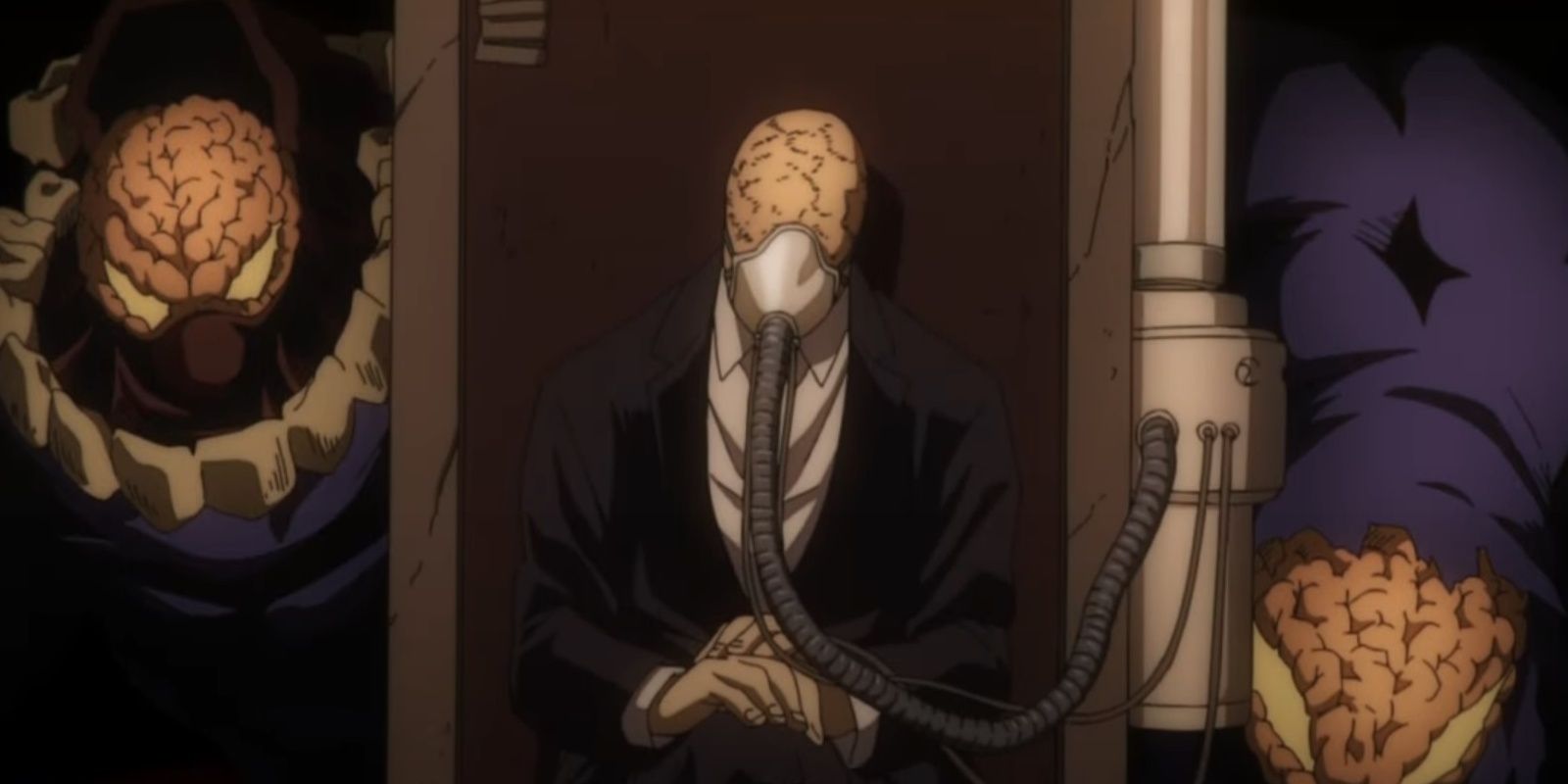
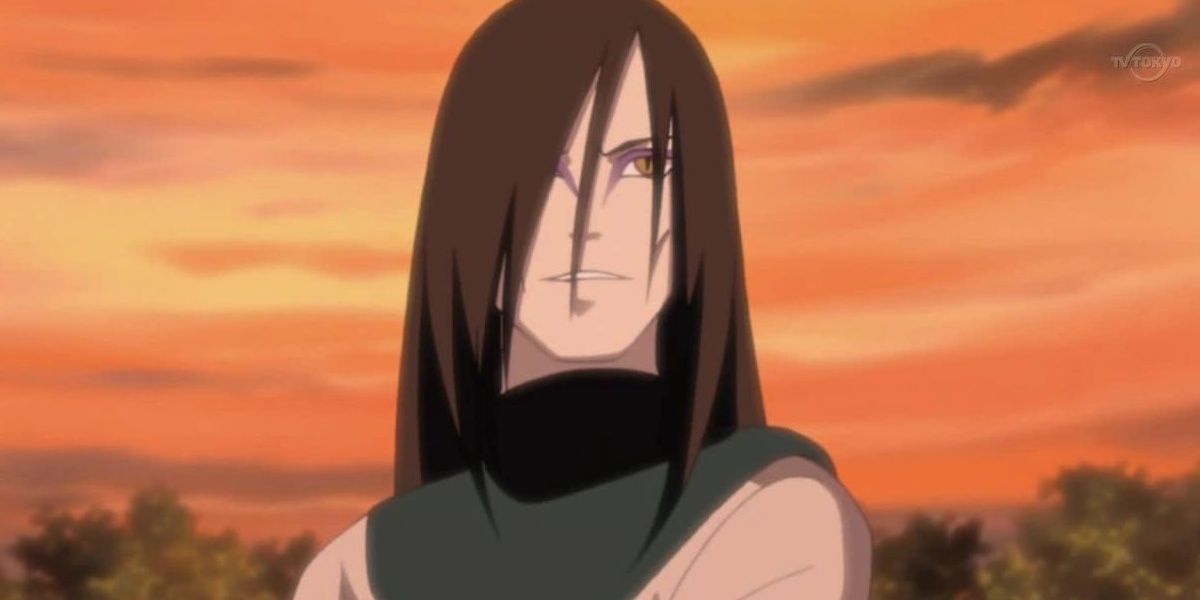
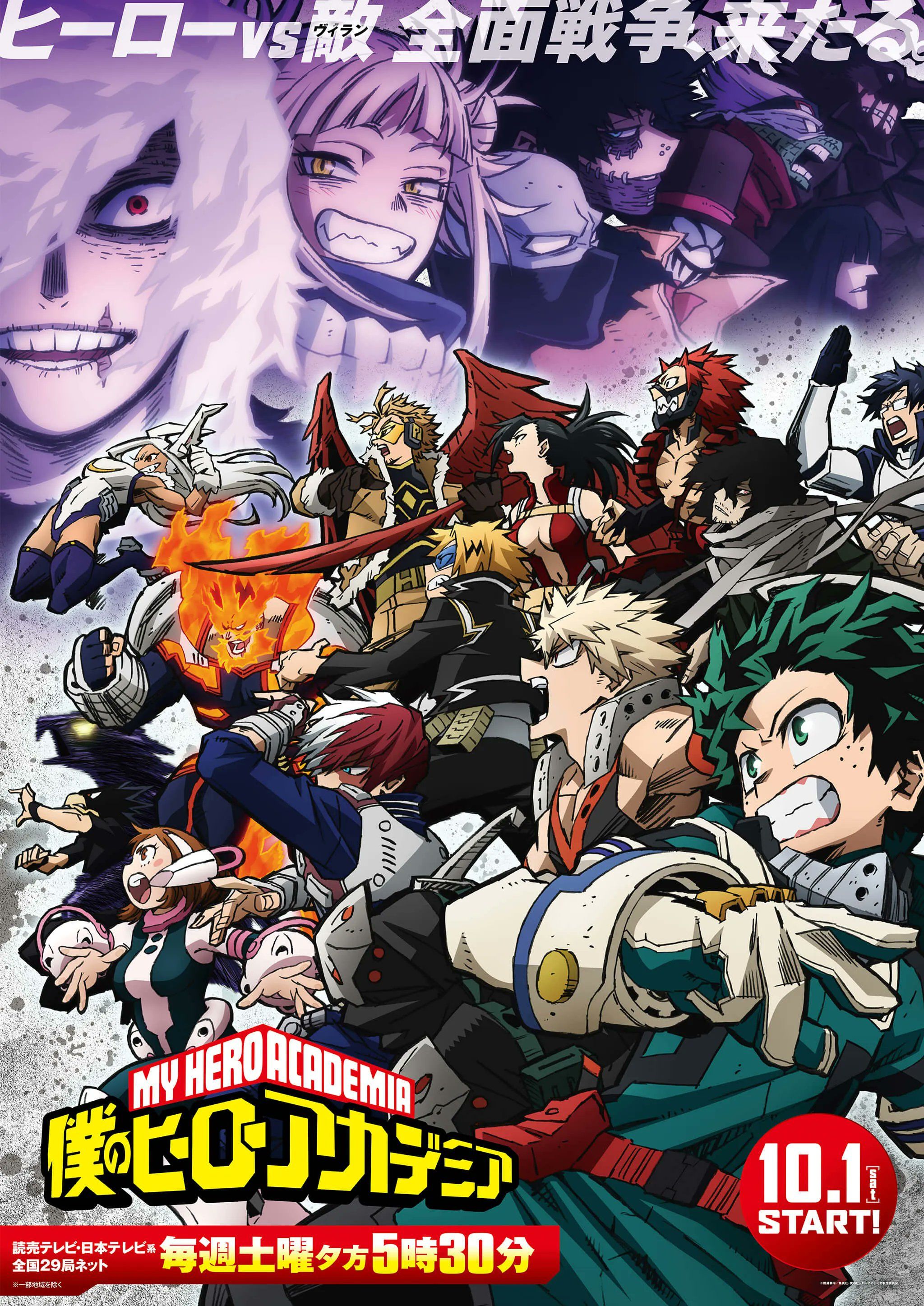
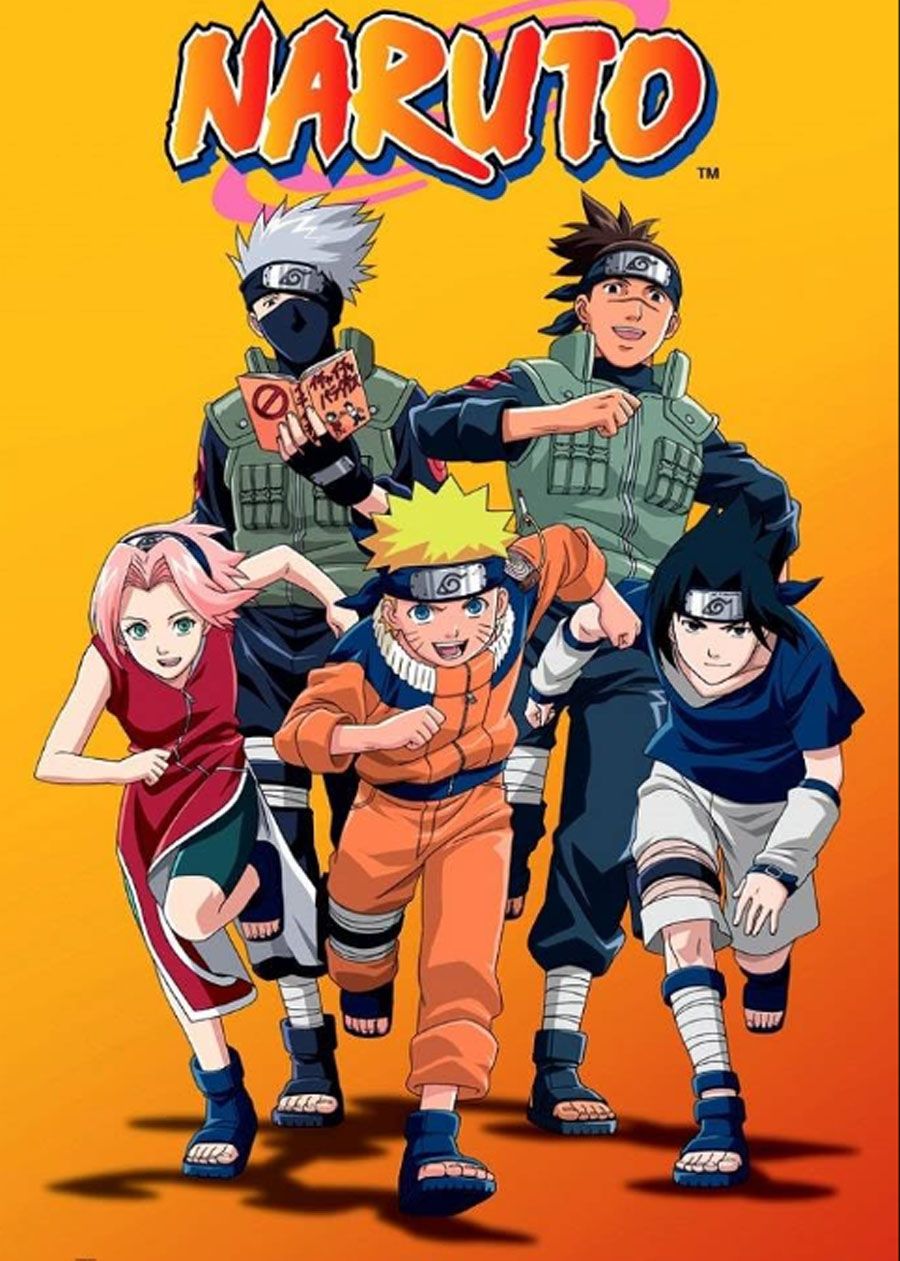
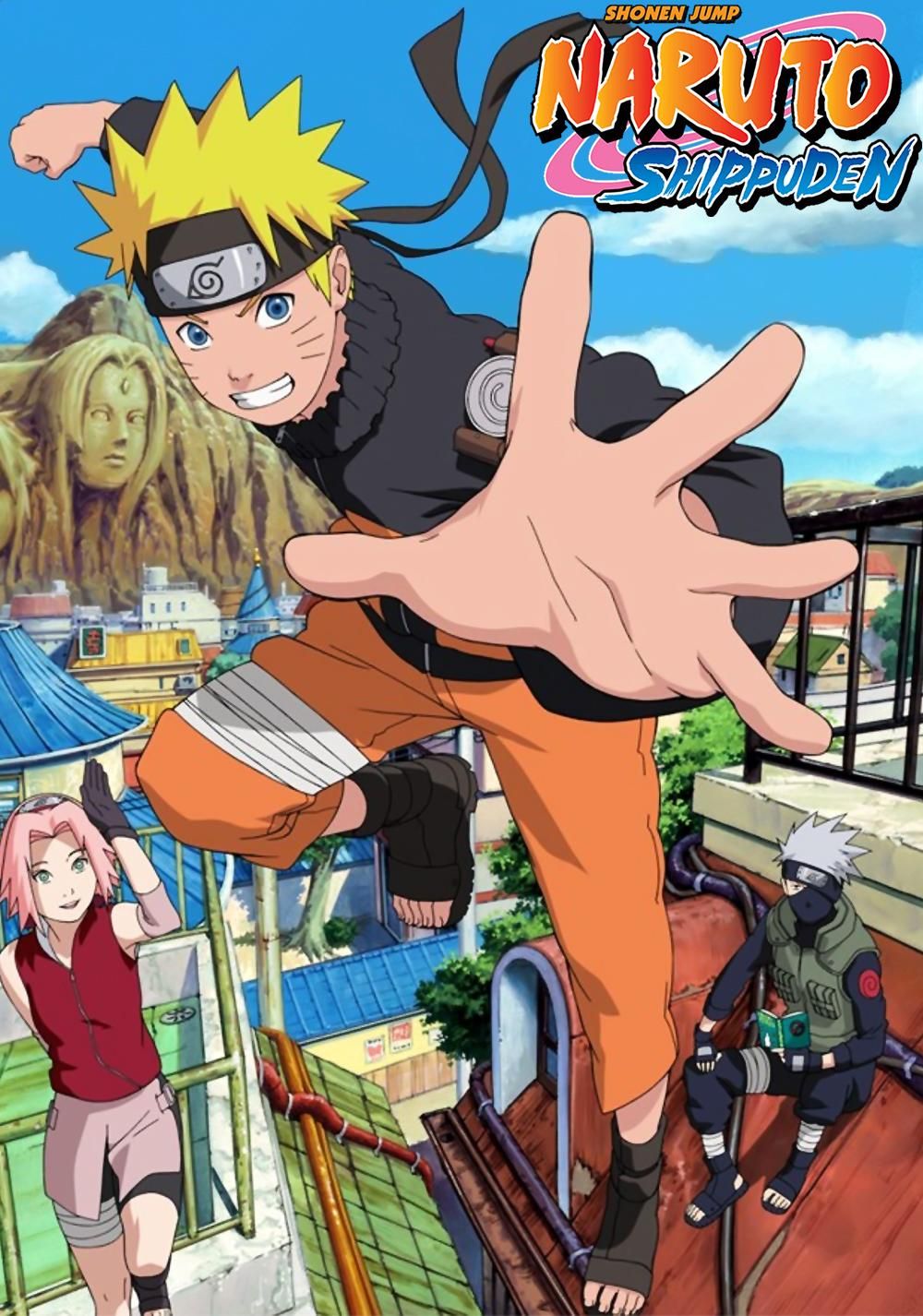
No comments:
Post a Comment